Any Takers? Chevrolet Previews Rear-Wheel Steering on Silverado EV

With Ford currently enjoying the brunt of the all-electric pickup coverage, General Motors needed to something to help highlight its Silverado EV and come up with rear-wheel steering. It’s something the upcoming electric F-150 will lack and could give the Chevy some advantages when moseying around a cluttered construction site or tight urban landscape.
In addition to a tighter turning radius, rear-wheel steering should also help the Silverado EV tackle trailers with a more ease. There are few things more terrifying than feeling the load you’re pulling start trying to have its way with the back half of your vehicle. Having the back wheels pivot to account for sway could be another big advantage Chevrolet could lean on once its electric pickup is going head-to-head with Ford’s.
There are some downsides. The system introduces complexity that could lead to loftier repair bills and more general maintenance. But it shouldn’t be too bad considering rear-wheel steering has been around for a few decades and has been fairly common among higher-spec automobiles since the 1990s.
It’s likely to be a selling point for some shoppers and something you’re likely to see come as standard on more pickups (though not yet). Rivian’s quad-motor layout allows its pickup to perform full rotations by turning the front tires and driving them ahead while the rear pair are put in reverse. While not technically rear-wheel steering, it should still offer impressive levels of maneuverability in tight quarters.
Meanwhile, the Hummer EV could help provide clues some of the additional features Chevy’s plotting for the electric Silverado. As platform mates, they’re already sharing rear-wheel steering and there’s a chance the pickup could adopt the Hummer’s adjustable suspension (which can raise or lower the vehicle by over a foot) and much-touted crab mode (allowing it to scuttle sideways). However neither of those are guarantees because the Silverado has been intentionally designed to be less off-road focused than the SUV.
GM is attempting to prioritize practicality with the pickup and opted to nix some of the unnecessary hardware to make additional room for batteries. This has allowed the upcoming pickup to offer an estimated 400 miles of range vs the Hummer’s 350 miles. Though those figures are temporary as the range for both vehicles are subject to change after the EPA certifies launch models, additional trims are introduced, and battery technology improves.
For now, Chevrolet said rear-wheel steering will be an optional upgrade to be accompanied by 24-inch wheels. You’ll have to check the box whenever the Silverado EV goes on sale. But we haven’t the faintest idea when that will be other than sometime in 2023 or perhaps even 2024.
[Image: General Motors]

A staunch consumer advocate tracking industry trends and regulation. Before joining TTAC, Matt spent a decade working for marketing and research firms based in NYC. Clients included several of the world’s largest automakers, global tire brands, and aftermarket part suppliers. Dissatisfied with the corporate world and resentful of having to wear suits everyday, he pivoted to writing about cars. Since then, that man has become an ardent supporter of the right-to-repair movement, been interviewed on the auto industry by national radio broadcasts, driven more rental cars than anyone ever should, participated in amateur rallying events, and received the requisite minimum training as sanctioned by the SCCA. Handy with a wrench, Matt grew up surrounded by Detroit auto workers and managed to get a pizza delivery job before he was legally eligible. He later found himself driving box trucks through Manhattan, guaranteeing future sympathy for actual truckers. He continues to conduct research pertaining to the automotive sector as an independent contractor and has since moved back to his native Michigan, closer to where the cars are born. A contrarian, Matt claims to prefer understeer — stating that front and all-wheel drive vehicles cater best to his driving style.
More by Matt Posky
Latest Car Reviews
Read moreLatest Product Reviews
Read moreRecent Comments
- Haran Spot-on review of the Mercedes-AMG GT’s price adjustments and new features! For those intrigued by the all-wheel drive and enhanced features of the latest model, you can delve deeper with the complete operator's manual available here: https://chatwithmanuals.com/automobiles/mercedes-amg-gt-operators-manual-edition-c2020/. It’s a fantastic resource for understanding all the specs and new additions without getting bogged down by the complexity typically associated with car manuals. Chat with the manual using AI to quickly find exactly what you need to know about this sporty beast. Perfect for those who appreciate detailed insights on their luxury investments!
- Flashindapan Beautiful color combinations. I assumed they stop selling the TT here at least five or six years ago.
- Carson D Just don't be the whistleblower who reports on the falsification of safety data. That's a deadly profession.
- Carson D I'd have responded sooner, but my computer locked up and I had to reboot it.
- Todd In Canada Mazda has a 3 year bumper to bumper & 5 year unlimited mileage drivetrain warranty. Mazdas are a DIY dream of high school auto mechanics 101 easy to work on reliable simplicity. IMO the Mazda is way better looking.



















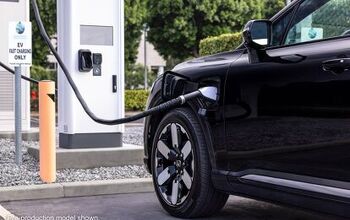


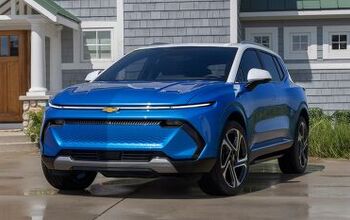

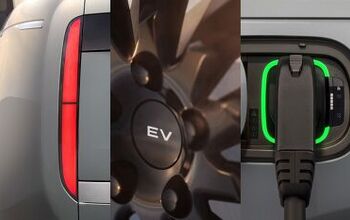
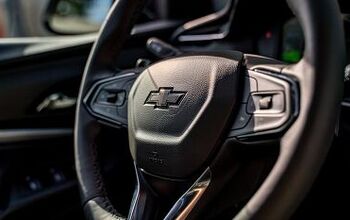






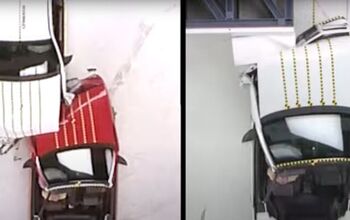

Comments
Join the conversation
Something that will probably cost $4,000 to fix when it goes out and was only useful a handful of times in the truck's life.
Just another thing to go wrong!